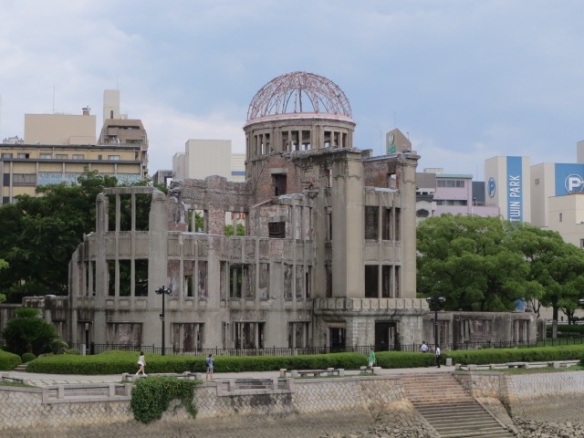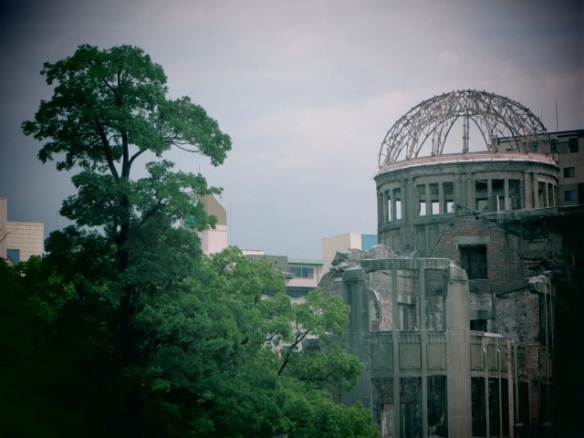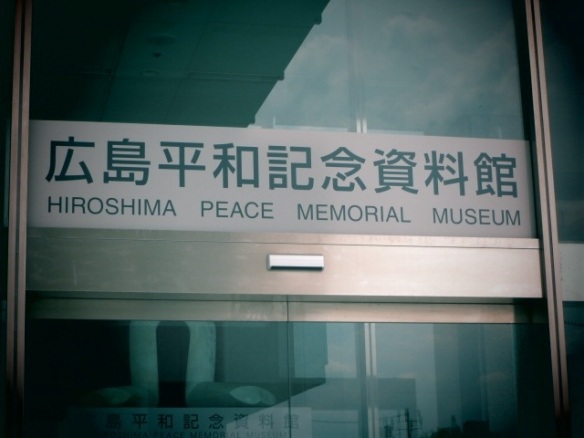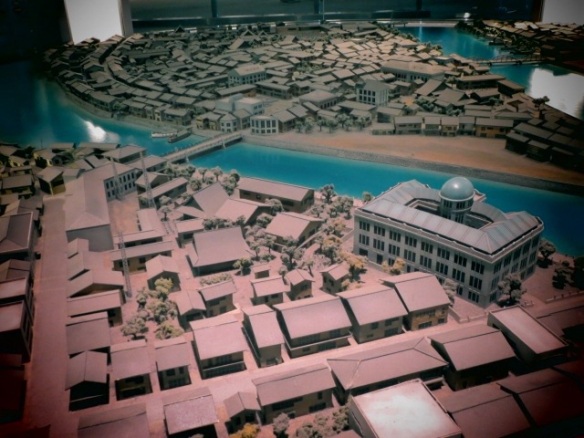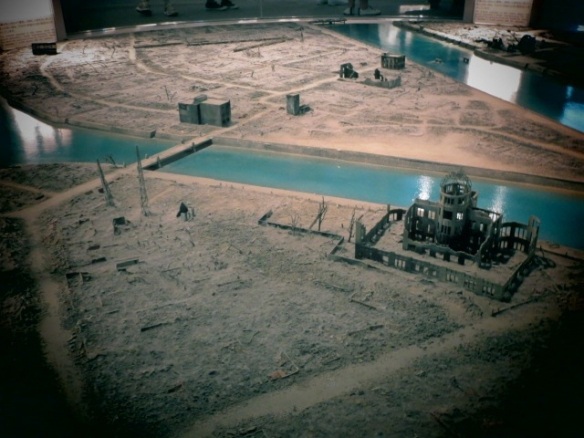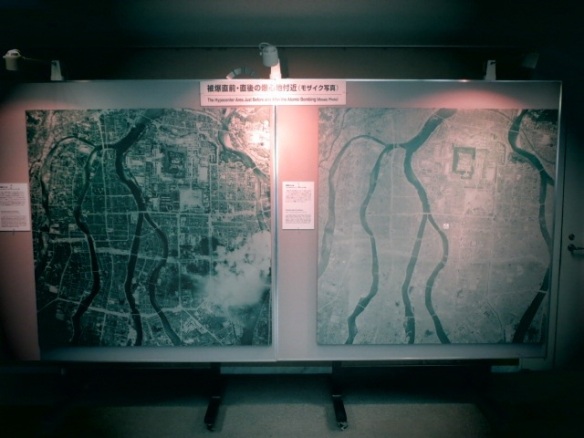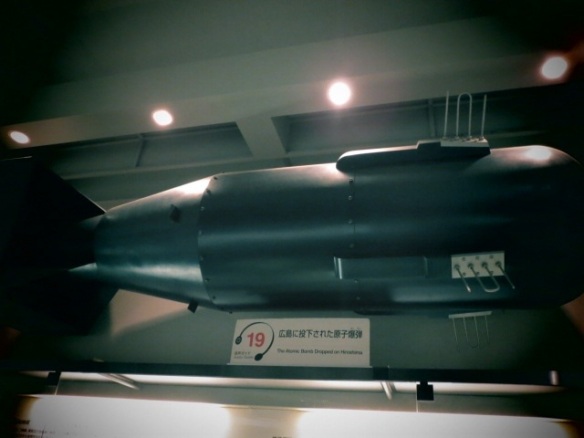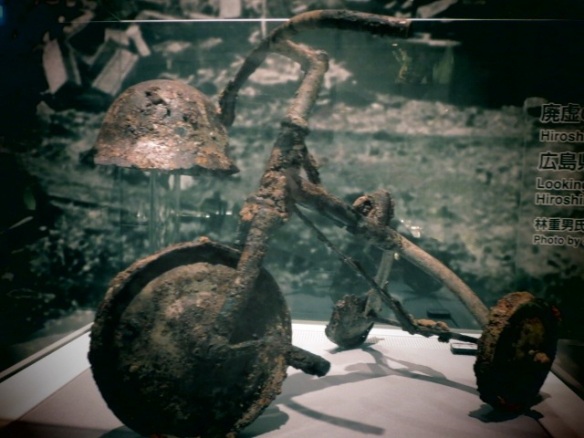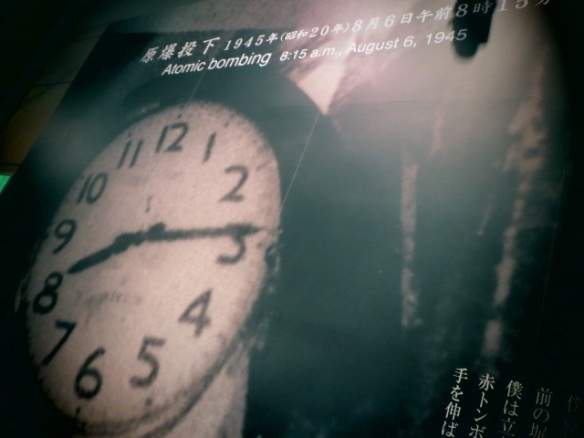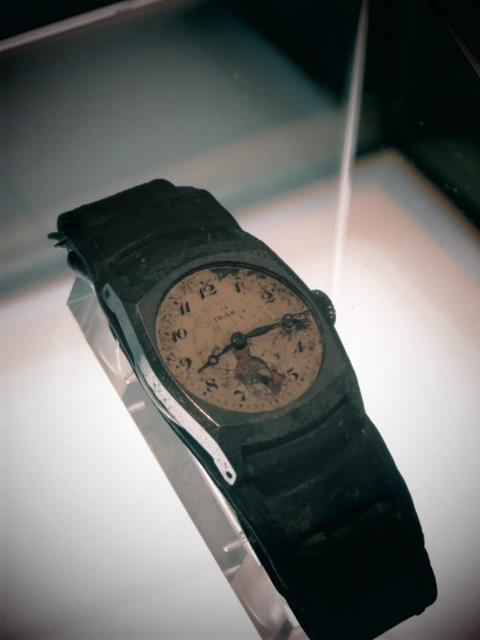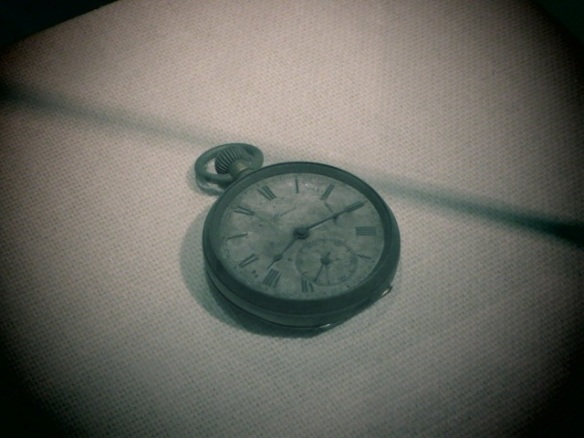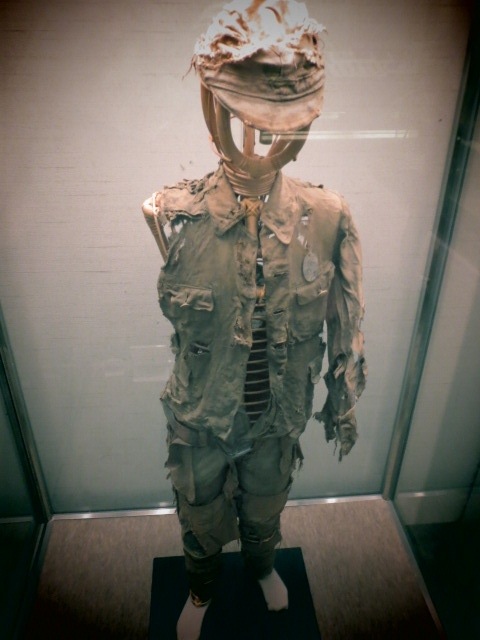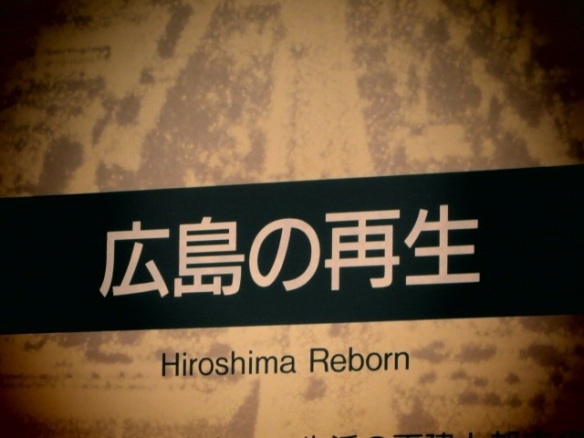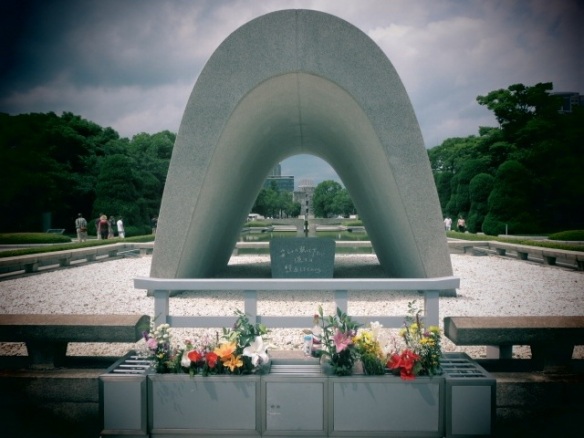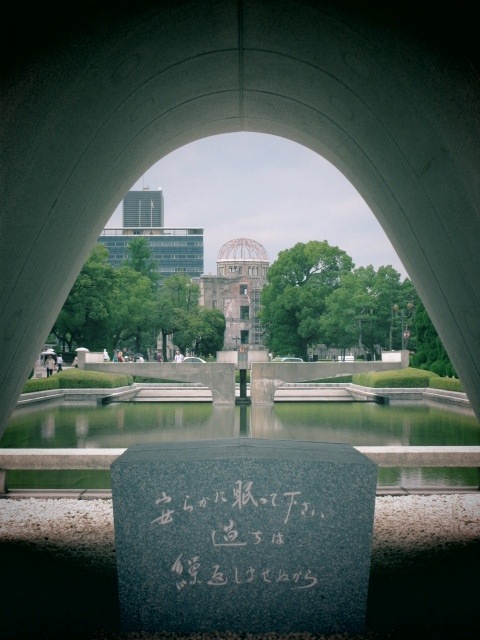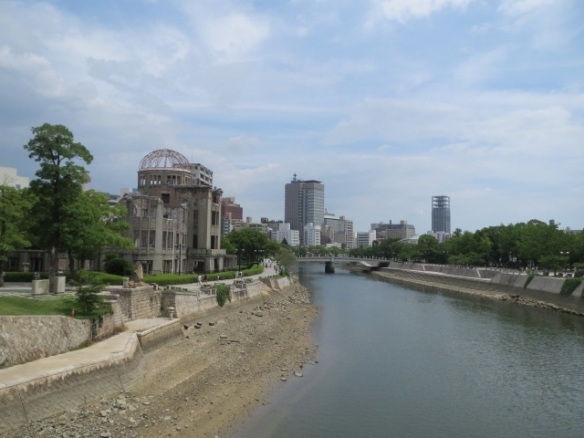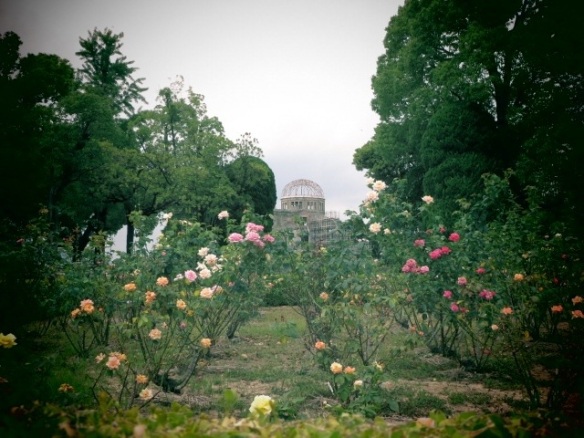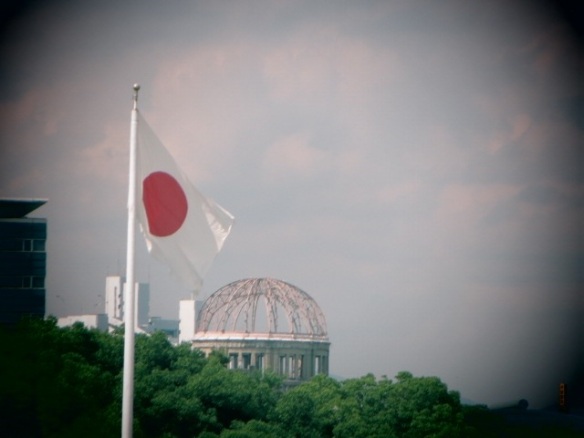In 1974 some farmers were digging a water well outside of Xi’an when they broke into an underground pit, discovering a life size clay warrior. Their discovery soon became one of the world’s most important archaeological finds – as archaeologists went on to find up to 8000 other terracotta warriors, horses and chariots – each unique, over an area of 20,000 square metres.
The terra-cotta army, as it is known, is part of an elaborate mausoleum created to accompany the first emperor of China, Qin Shi Huang, into the afterlife and protect his tomb.
It was the reason Bee and I headed all the way to Xi’an and today we went to see it.
Rather than pay £30-40 for a time restricting tour, we took the local bus (306) from Xi’an railway station. It cost just £1.40 return. With a £15 entrance fee to the museum.
Here are some pictures from the day
- image1
- image2
- image3
- image4
- image5
- image6
- image7
- image8
- image9
- image10
- image11
- image12





















